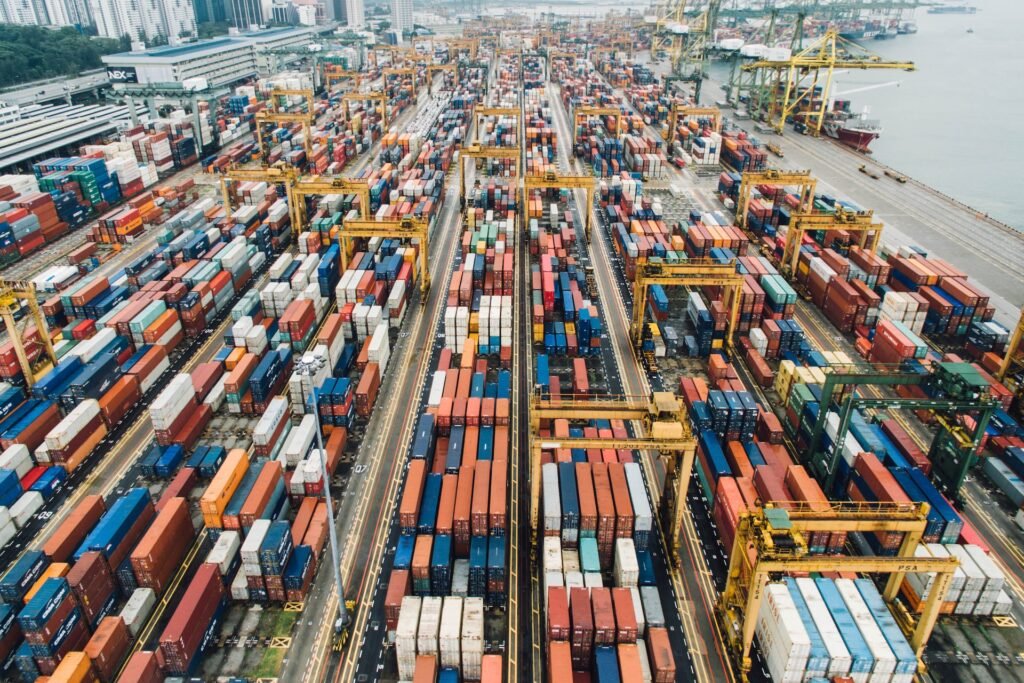
The term demand refers to the quantity of a given product that consumers will be willing and able to buy at a given price. As a general common sense rule – ‘the higher the price of a particular product the lower will be the demand for it’.
The term supply refers to the quantity of a particular product that suppliers (producers and/or sellers) will make available to the market at a particular price. The higher the price, the greater the quantity that suppliers will be willing to supply to the market.
Markets consist of individuals or groups of businesses that are prepared to supply a product and customers who demand the product. The market price is determined by the interaction of the forces of demand and supply.
Demand and supply can be illustrated by schedules and curves that illustrate how quantities demanded and supplied will vary with the price.
Demand and supply curves for a tabloid newspaper (e.g. the Independent or Times).
The table above shows a schedule of demand, for tabloid newspapers daily. You can see that:
At a low price (35p) a much higher quantity is demanded (800,000) than at a higher price (e.g. 60p) where only 300,000 would be demanded.
The table also shows a schedule of supply. The tabloid newspaper supplier is prepared to supply greater quantities at higher prices to the market.
This is because at higher prices it becomes more worthwhile to pay the higher charges required to pay printing firms who have to hire extra staff to work unsociable nighttime hours to pack and distribute the finished papers.
At a high price (60p) the newspaper is prepared to supply 600,000 papers, while at a low price, it will only supply 350,000.
This information can graphically be illustrated in the form of demand and supply curves. The illustration below shows the same information as in the schedule but in a graphical form.
Note that demand slopes downwards from left to right, and supply slopes upwards from left to right.
The market decides how many papers will actually be bought and sold through the interaction of demand and supply creating market equilibrium.
The equilibrium position arises where the wishes of buyers and sellers match i.e. where there is no surplus or shortage. For example at 50 pence where 500,000 papers are demanded and supplied.
Any price other than 50p would be a disequilibrium one and could not last long. If prices are too high, too many papers will be printed and add to business costs but not revenues.
If prices are too low the business will not produce enough to meet customer’s demands – customers will be frustrated and bid up prices back to the equilibrium.
An important aspect of marketing is knowing what the demand is for your products. All companies engage in marketing activities to find out what the demand for their different products will be.
For example, Coca-Cola will want to investigate market trends in the carbonated drinks sector, while a bank will want to find out about the demand for financial services.
Armed with this information they are able to make appropriate pricing decisions based on what other suppliers are doing, as well as on the demand from consumers in the market.
Changes in demand and supply
In the course of time, the demand and supply of goods and services will change.
Market research is an important tool for finding out about changes in demand. By anticipating these changes a market focused company is able to get its pricing decisions just right.
Important factors leading to an increase in demand for goods or services are:
- Economic factors. A booming UK economy will mean that people have more disposable income. With more money in their pockets, the demand for many products will increase to the benefit of most firms.
- Social factors. Changing social trends affect buying patterns. For example, today people tend to be increasingly cash rich and time poor as they live busy lives. In these situations, there is less time for home cooking, and so there is an increasing demand for ready meal solutions providing an opportunity for companies like McDonalds and Kraft Foods.
In the modern high-tech world there are also important factors that influence supply. Nowhere is this truer than in the development of new production technologies leading to the production of high volume low cost goods.
For example, in recent years Coca-Cola has developed high-tech canning factories that use less costly and cheaper materials in the production of cans.
Wants – a want is simply a desire for a product; it is not the same thing as demand.
Effective demand – refers to a desire for a product that is backed up by a purchasing decision. For demand to be effective the consumer needs to have the money required to make the purchase.
Elasticity of demand – refers to the sensitivity of demand to a change in price. The more sensitive demand is (i.e. the more it changes) to a price change the more elastic it is said to be.
